Written by Annie Groer
First came “villages,” hyper-local groups created by aging neighbors to build a greater sense of community and help each other grow old at while remaining at home. These nonprofit groups arranged volunteer drivers, household helpers, social events and, in some cases, kept lists of reliable professionals, including plumbers, roofers, estate lawyers and even art appraisers.
Now, 15 years and some 220 villages after the first one was born in Boston, a move is afoot to woo and welcome the active 50+ set. Most of these folks still work and don’t need rides to the supermarket or help raking leaves. They have no use for the names of pre-screened health aides or note-takers for medical visits. Their main goal is a richer social life with others similarly situated.
In short, they — and I, as it turned out — craved adult playmates for festive play dates — think organized hiking, wine tasting and cooking classes — with people from the ’hood. Last year, still working part time and traveling far and wide but seeking new friends, I joined the Dupont Circle village’s fledgling social subgroup, NextGen 2.0. I thus became part of an evolving trend.
Between 30 and 40 percent of these villages have created separate membership tracks for the “I’m-not-ready-for-services” crowd, says Natalie Galucia, head of the St. Louis-based Village to Village Network (vtvnetwork.org), which provides support and information for villages across the country.
Nationally, annual dues for people needing volunteer services average about $450 for singles and $600 per household, Galucia says. Individuals who join as what are called social, sustaining or associate members sometimes pay a lesser charge. All villages offer a pool of helpful neighbors, potential pals and a variety of activities for all membership tracks.
At Home in Alexandria — AHA, for short — is a perfect example of a village with a successful social membership track. “There was a perception that we’re just a bunch of old people sitting around at home dying,” executive director Cele Garrett says. “Listen, our members are active,” and they want community engagement. “When we started six years ago, the founders focused on services, services, services. What happened is we had a few social events along the way, and it grew and grew and is now the most important part of many people’s relationship with AHA. We do maybe a dozen things a month, which is why our social membership has become so popular.”
About a third of AHA’s 160 members are strictly social, paying $250 per household, well below the full-service fees of $550 per individual and $800 per couple.
“There are guest speakers in people’s homes, happy hours, wine and cheese tastings, and clubs for bridge, walking, history, ladies’ night out, movies, monthly lunches and dinners,” Garrett says. “We just started a biking club called Blazing Saddles.”
Since AHA’s creation, said Barry and Maggie Stauffer, both 75 and avid cyclists, they gladly paid the dues for services they did not use because doing so helped provide those services for neighbors who needed them and helped ensure the group’s survival. But in 2016, the Stauffers downshifted to an associate membership because they still do not need the help and welcomed the lower yearly fees.
The biking group they started is open to social and full-service members alike. Once a month, the Stauffers lead a five- or six-mile ride along a bike trail, stopping halfway for lunch and chitchat before cycling home.
Many village events around the country — potluck dinners, gatherings of knitters, book lovers or card players — are hosted in members’ homes, which keeps gatherings free or low-cost. Villages often negotiate discounts at theaters, restaurants and gyms.
Nearly all villages offer subsidies for low-income members. About 20 villages operate without staff or fees, Galucia says, relying solely on neighbors who volunteer to help one another.
The Dupont Circle village had about 200 members in late 2015 when board member Mary McIntosh, a full-time international consultant, realized that baby boomers in her neighborhood weren’t interested in a group whose main focus was seniors. They were, however, eager to socialize with fellow foodies, culture vultures and adventure travelers. They also wanted to hash out new approaches to communal aging and death with dignity.
So McIntosh and several non-village friends created a subgroup of I’m-not-readies, whom they dubbed NextGen2.0. Twenty men and women in their early 50s to mid-70s signed up and now hold their own events. They pay the same yearly dues as full-service members: $500 per individual, $700 per household. NextGen2.0 fees account for 12 percent of the village’s total revenue. Should they later need help, the switch to full-service status would be seamless.
Independent journalist Kathy Kiely joined NextGen2.0 last year after the deaths of her father in 2014 and her longtime companion in 2015. This active baby boomer was grateful for a no-stress way to amp up her social life once both men were gone.
“Like the lady said, it takes a village — with good wine and good friends who take the initiative to organize outings to movies and plays,” says Kiely, who tries to attend NextGen’s two or three events a month.
One such gathering, which I organized in late March, was a Chinese cooking class and wine tasting led by culinary consultant Janet Cam. She arrived at the Dupont Circle condo that McIntosh shares with her husband, Dan Abele, bearing an enormous steamer, a cleaver, two roasted ducks and bags of exotic spices and produce. Over dinner, several of us plotted future trips to New York and Taiwan.
Many NextGen2.0 members are also active in the larger Dupont Circle village — raising funds, helping full-service members or taking part in its many activities. Those include walking groups, yoga classes, tech sessions, retirement and end-of-life discussions, and lectures by neighbors, often such Washington “formers” as diplomats, bureaucrats, philanthropists, scientists, artists, activists and journalists.
One major lure for social members is that dues are wholly or partially deductible as charitable contributions because they receive no services in return for their annual dues.
“The tax issue is big” for the 200-member Georgetown village, which charges the same rates for social and full-service tracks, says executive director Lynn Golub-Rofrano: $600 for individuals and $900 per household (with $500 and $750 deductible, respectively). But joining is more than a financial move, she says. Georgetown’s social members want to make sure the group “will be there when it’s needed. You will not be calling a stranger for help. You’ll be calling someone you know.”

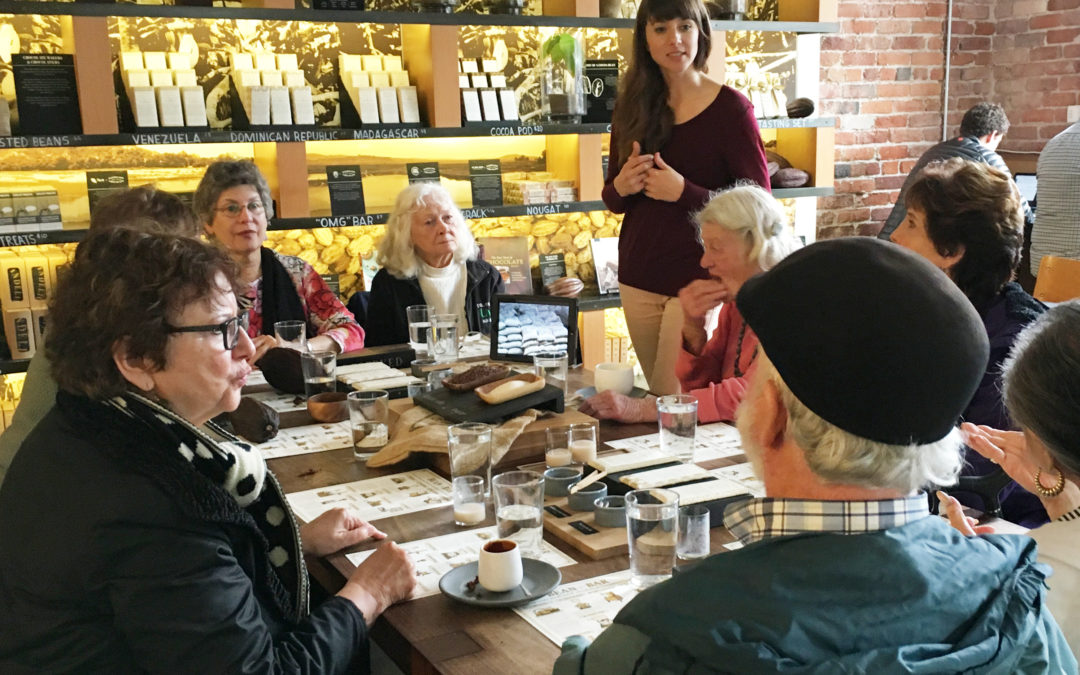
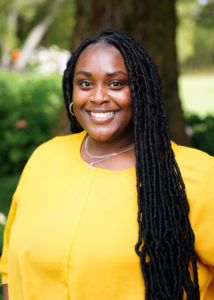
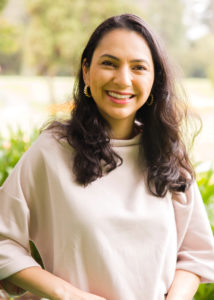
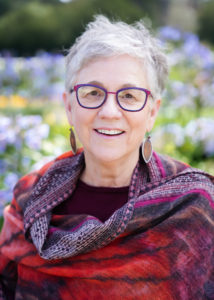
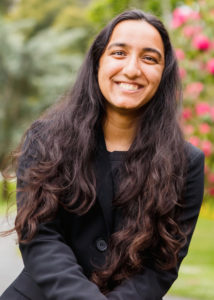
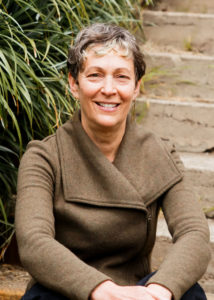
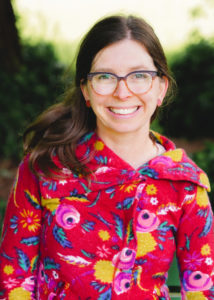
 Sara joined the team in 2018. She brings with her 20 years of experience in community development, philanthropy, and organizational management. She completed her bachelors at George Washington University and her masters at UC Berkeley. Her career focus has been on evaluating how community groups run from year-to-year and strengthening daily processes to increase institutional success. Sara loves travel and global development issues, particularly a non-profit she founded 10 years ago focusing on students’ access to school in Cambodia. Sara is raising her family here in San Francisco.
Sara joined the team in 2018. She brings with her 20 years of experience in community development, philanthropy, and organizational management. She completed her bachelors at George Washington University and her masters at UC Berkeley. Her career focus has been on evaluating how community groups run from year-to-year and strengthening daily processes to increase institutional success. Sara loves travel and global development issues, particularly a non-profit she founded 10 years ago focusing on students’ access to school in Cambodia. Sara is raising her family here in San Francisco. Maya is a public relations and communications professional with more than a decade of experience; her expertise includes consumer products and technology PR, as well as event management and content development. She has been a pro-bono consultant with the Taproot Foundation since 2012, and has participated in three service grants to date. Maya attended the University of California at Los Angeles (UCLA) and graduated with a BA in mass communications and a minor in political science.
Maya is a public relations and communications professional with more than a decade of experience; her expertise includes consumer products and technology PR, as well as event management and content development. She has been a pro-bono consultant with the Taproot Foundation since 2012, and has participated in three service grants to date. Maya attended the University of California at Los Angeles (UCLA) and graduated with a BA in mass communications and a minor in political science.